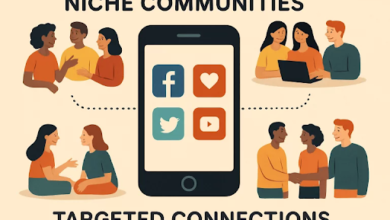
The number 978-552-6118 has been reported as a source of unsolicited calls. Many suspect it is a telemarketing effort aimed at promoting various products or services. These calls often blur the lines between legitimate outreach and potential scams. Understanding the motivations behind such calls is crucial. What tactics do they employ? And how can individuals protect themselves from unwanted communication? Exploring these questions may reveal insights into the nature of these calls.
Potential Telemarketing Calls
Why might someone receive calls from the number 978-552-6118? This number could be associated with telemarketing tactics aimed at promoting products or services.
Such calls may exploit loopholes in call regulations, allowing persistent outreach. Understanding the nature of these calls is essential for individuals who value their freedom from unsolicited communications, raising questions about consumer protection and the enforcement of established guidelines.
Identifying Scam Calls
How can individuals effectively distinguish between legitimate calls and scams? Recognizing scam call indicators is crucial. Common signs include unsolicited requests for personal information, high-pressure tactics, and unfamiliar numbers.
Employing caller identification techniques, such as reverse phone lookup or call-blocking apps, can enhance awareness. By remaining vigilant and informed, individuals can safeguard their personal data against deceitful callers.
Legitimate Business Outreach
[TEXT]:
What factors contribute to the legitimacy of a business outreach call? Essential elements include effective business verification, transparent motives, and ethical outreach strategies.
A genuine approach often involves personalized communication, clear identification of the business, and respect for the recipient's time.
Strategies for Handling Unknown Calls
When faced with an unknown call, individuals often wonder about the best approach to manage the situation effectively.
Implementing call screening techniques, such as allowing calls to go to voicemail, can provide valuable context.
Additionally, practicing proper phone etiquette—such as remaining calm and polite—ensures that interactions, if necessary, are handled respectfully.
These strategies empower individuals to navigate unknown calls with confidence and discernment.
Conclusion
As the phone rings, a sense of uncertainty lingers in the air—who is on the other end? While 978-552-6118 may simply be a telemarketer, the risk of a scam looms large. Recipients must remain vigilant, questioning the motives behind each call. With personal data at stake, one must ask: could this call be a harmless outreach or a cunning trap? The answer may remain just out of reach, waiting to be uncovered with each ring.




